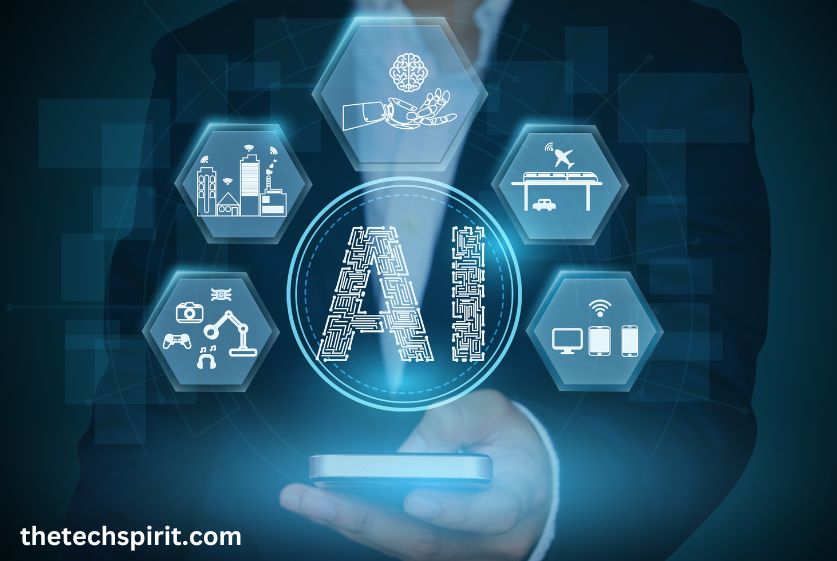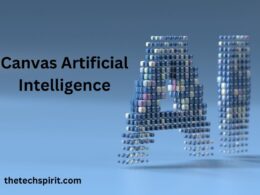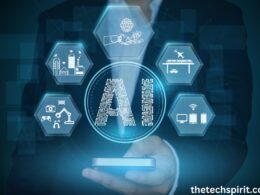Table of Contents
The Brain – Neural Networks Enable Deep Learning
Neural networks mimic the neurons in the human brain, allowing AI systems to learn from data. Just like we do, artificial neural networks can adapt to new inputs and improve themselves over time. This deep learning enables them to perform complex tasks like image recognition and natural language processing.
Neural Network Architecture
The architecture of neural networks consists of an input layer, one or more hidden layers, and an output layer. Each layer contains nodes that transmit signals to the next layer. The networks learn on their own by adjusting the weight of these signals to produce the desired output.

Backpropagation
Backpropagation algorithms enable neural networks to fine-tune themselves by calculating the error between the predicted and actual output.
The error value gets propagated backward to update the weights of the connections between nodes from output to input. This iterative adjustment allows for continual learning.
The Eyes – Computer Vision for Scene Understanding
Computer vision, fueled by deep learning, allows AI systems to accurately interpret and understand digital images and videos. This visual perception ability enables a wide range of practical applications.
Image Recognition
One major use of computer vision is image recognition – identifying people, objects, scenes, and activities in images. State-of-the-art convolutional neural networks can now recognize thousands of visual categories with human-like performance.
Object Detection
Beyond just classification, today’s computer vision models can locate and label objects within images through object detection. This technology powers critical applications like medical image analysis and self-driving vehicles.
The Ears – Natural Language Processing for Communication
Natural language processing (NLP) focuses on enabling computers to understand, interpret, and generate human languages. With Natural Language Processing, AI systems can analyze text, have dialogues, and more.
Sentiment Analysis
One common NLP technique is sentiment analysis, which automatically detects whether a text expresses positive, negative, or neutral opinions. Many companies use sentiment analysis for marketing, product research, and customer experience.
Language Generation
Language generation systems can produce written or spoken language output. The most advanced models today, like GPT-3, can generate human-like text based on a short prompt on virtually any topic.
The Hands – Robotics for Interaction and Control
AI-powered robotics allows machines to dynamically sense and operate within the physical world. Robots integrate computer vision, Natural Language Processing, machine learning, and mechanical designs.
Autonomous Vehicles
Self-driving cars like those from WeMo and Cruise demonstrate the possibilities of AI robotics. These vehicles combine computer vision, sensor fusion, planning algorithms, and actuation to drive themselves on public roads.
Drones
Commercial drones exhibit robotics guided by AI techniques for navigation, obstacle avoidance, and image processing. Machine learning helps drones adapt to new environments and tasks.
The Memories – Large Datasets for Training Models
The performance of deep learning algorithms relies heavily on massive training datasets. From ImageNet to Common Crawl, curating high-quality, labeled data is key to advancing AI capabilities.

Data Labeling: Components of Artificial Intelligence
Companies like Append and Figure Eight employ thousands of human data labelers to manually categorize datasets used for supervised learning. This allows AI models to learn from accurately annotated examples.
Synthetic Data
Besides real-world data collection, synthetic data generation creates computer-generated, realistic training examples. Combined with human-labeled data, synthetic data augments datasets for AI.
The Heart – AI Chips for Efficient Computing
Specialized AI accelerator chips provide the computing hardware needed to train and execute sophisticated deep neural networks cost-effectively. Leading options include TPUs from Google and Jetson boards from Nvidia.
Parallel Processing
AI chips achieve blazing speeds via massively parallel processing units. Thousand or more smaller cores simultaneously run mathematical operations, outperforming general-purpose graphics cards.
Low Power
While providing immense computing power for AI tasks, dedicated AI chips are also highly energy efficient. Some AI accelerators draw fewer than 75 watts – critical for embedded applications.
The Digital Connectome – AI Algorithms and Software
To realize the potential of AI, researchers have developed a vast library of specific machine learning algorithms and software frameworks for deploying models. Building blocks like TensorFlow empower real-world AI.
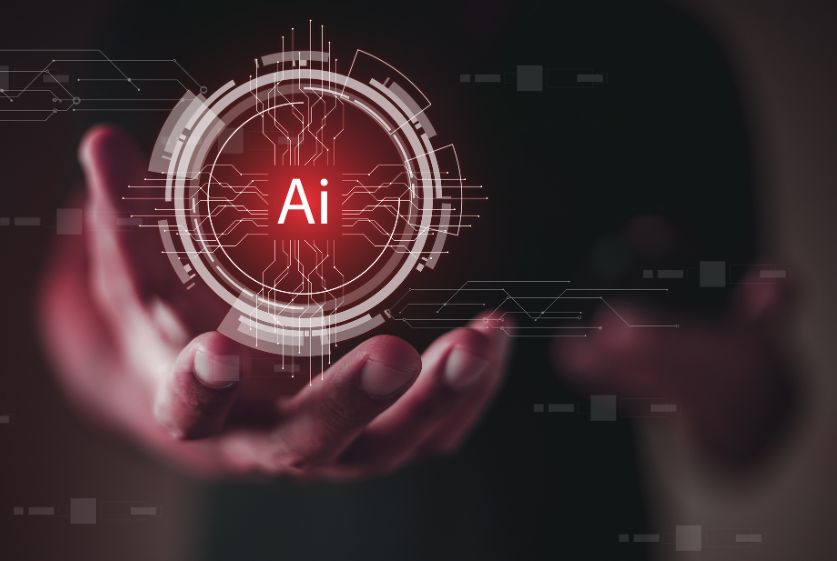
Convolutional Neural Networks
Convolutional neural networks are a category of multilayer neural nets for processing grid-like topology data, like 2D images. Their hierarchical structure mirrors visual cortex organization, helping them excel at computer vision.
Reinforcement Learning
Reinforcement learning has an agent learn by interacting with an environment and receiving feedback, much like how animals learn through conditioning. This self-directed approach is key for game AI and robotics.
The Teammates – AI Specialists Drive Innovation
To progress AI technology at leading companies and research labs, it takes tremendous talent diversity – experts in data science, engineering, ethics, design, and business strategy. Building strong teams accelerates discoveries.
Computer Scientists
Computer scientists construct the fundamental data structures, algorithms, and theoretical frameworks enabling machine intelligence. Their work over decades made today’s AI boom possible.
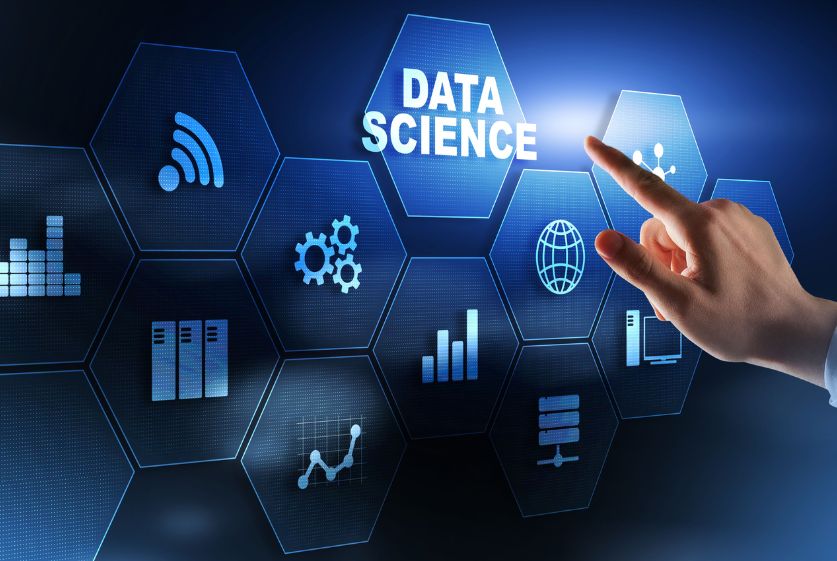
User Experience Designers
Though rarely discussed, UX designers play pivotal roles in developing AI applications that truly augment and enhance people’s lives. Their creativity and empathy around the technology.
Conclusion
The field of artificial intelligence has made astonishing strides recently thanks to incredible innovations across computing hardware, neural network architectures, data resources, algorithms, and multidisciplinary teams.
Many Components of Artificial Intelligence combine to enable the amazing AIs we interact with daily – whether in our pockets or the cloud. Yet despite the impressiveness of today’s technology, we have only scratched the surface of what is possible.
As scientists and engineers continue pioneering novel solutions and companies responsibly deploy them at scale, AI promises to become even more profoundly integrated into society – changing life as we know it. We truly live in the most exciting time for advancing this world-shaping technology.
FAQs
What are the key components of AI systems?
The key components of AI systems include neural networks, computer vision, natural language processing, robotics, large datasets, specialized AI chips, algorithms like deep learning and reinforcement learning, and teams of AI experts across fields like data science, ethics, engineering, and design.
What hardware do companies need for AI?
Companies require substantial computing power – delivered via high-performance AI chips like Google’s TPUs and Nvidia’s Jetson boards – to effectively train neural networks on huge datasets and run inferencing in applications.
What does it take to create an AI assistant?
Creating an intelligent AI assistant requires expertise across conversational AI, natural language understanding, knowledge representation, empathy and personality modeling, human-AI interaction principles, speech recognition, speech synthesis, deep learning, and question-answering systems.
How important is data for advancing AI algorithms?
Data is crucial for improving AI algorithms today. Sophisticated deep learning models need massive labeled datasets around images, text, sensor streams, and interactions to learn from.
Who are the most important team members for AI innovations?
Some of the most important team members for moving AI innovations forward include technical experts like seasoned data scientists and ML engineers as well as user researchers, computer and data ethicists, designers, and engineering managers who ensure applications provide value responsibly.





